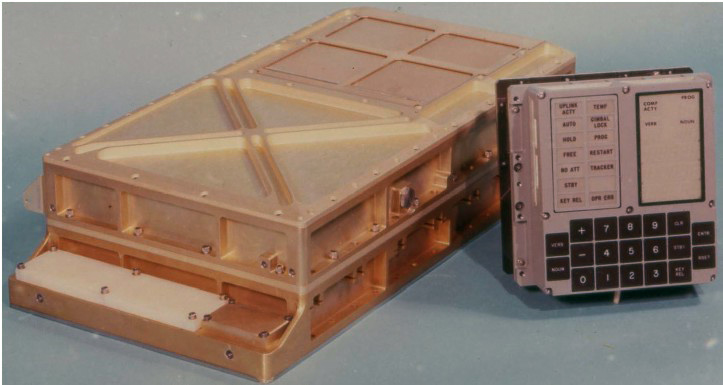Update: Please simply click on the “play” button to start the video. The CCC folks apparently redirect the video to http://cdn.media.ccc.de/congress/2017/h264-hd/34c3-9064-eng-The_Ultimate_Apollo_Guidance_Computer_Talk.mp4 first, causing a non-secure warning in some browsers.
Today I’d like to highlight a very interessting talk by Michael Steil and Christian Hessmann during this year’s ongoing Chaos Communication Congress titled: “The Ultimate Apollo Guidance Computer Talk”. The 34th Chaos Communication Congress (34C3) is an annual four-day conference on technology, society and utopia. The Congress offers lectures and workshops and various events on a multitude of topics including (but not limited to) information technology and generally a critical-creative attitude towards technology and the discussion about the effects of technological advances on society.
During their talk, they will briefly introduce you to the predecessors, the architectural design and the revolutionary concepts they applied back in the 60s. In total, the AGC was used in two unmanned test missions where it was remote controlled from the ground, three manned test missions and then finally in the seven manned landing missions on our moon. During these landing missions one AGC was used on the Command & Service Module and another one on the Lunar Module of the Apollo spacecraft, each attached to different sensors and actors and with adapted software for the specific spacecraft.
During further research on this and related topics, I discovered an almost 2 years old question on stackexchange.com which asked for: Which operating systems is the International Space Station running?. And one user named agold, made some very confusing statements about the ESA’s data management system. Let’s see if I can clarify this in one of my next posts, maybe together with today’s successors of Guidance, Navigation and Control Systems of manned spacecrafts, namley the Soyuz spacecraft and the International Space Station.
So stay tuned …

